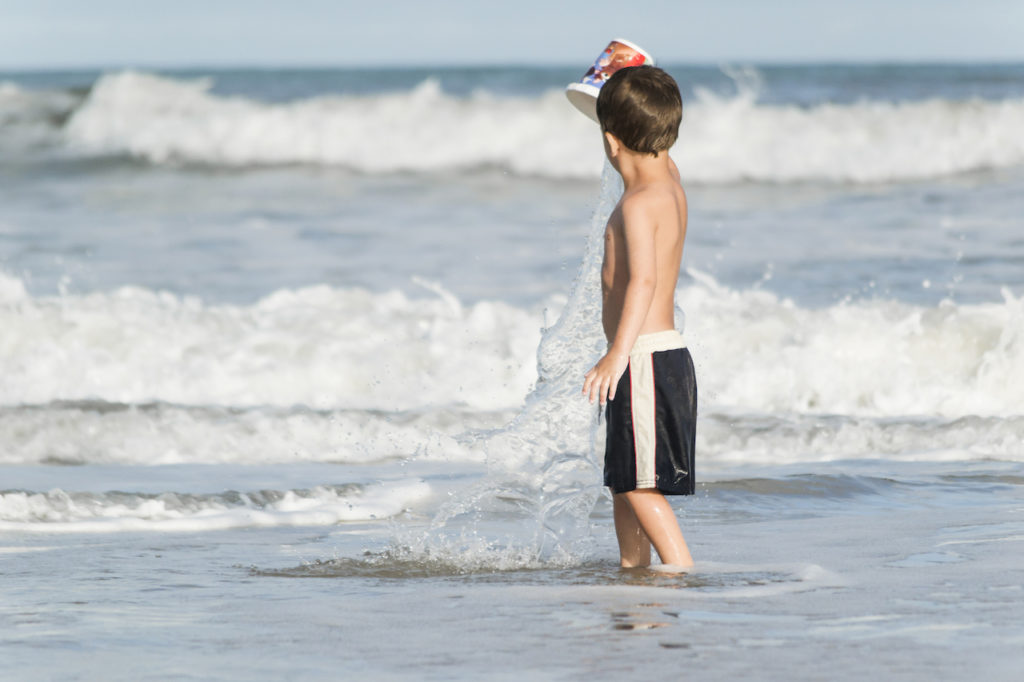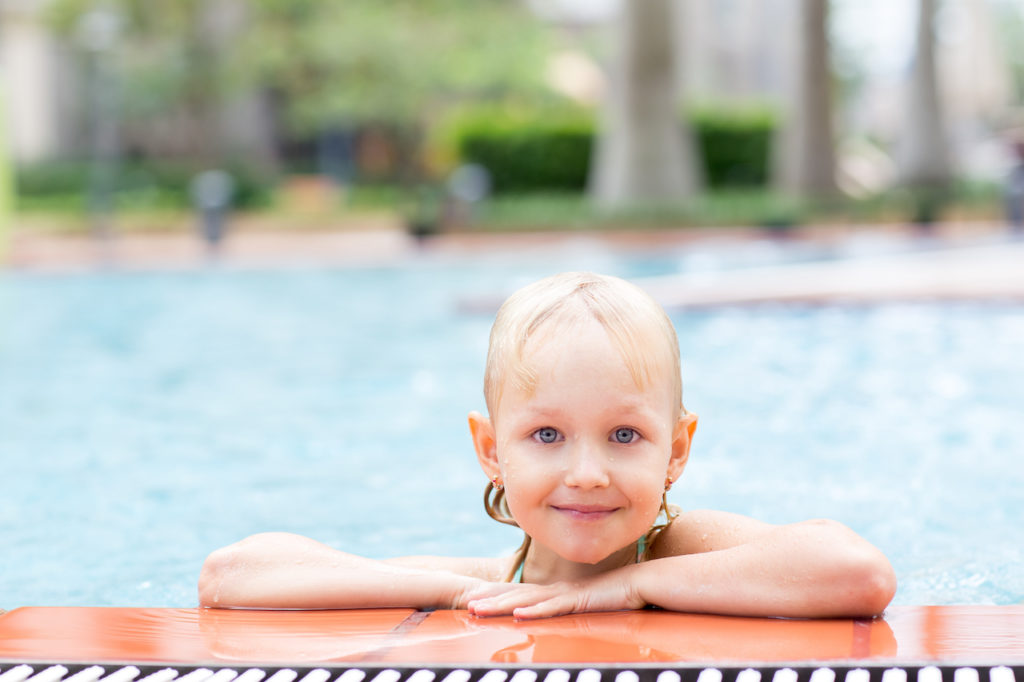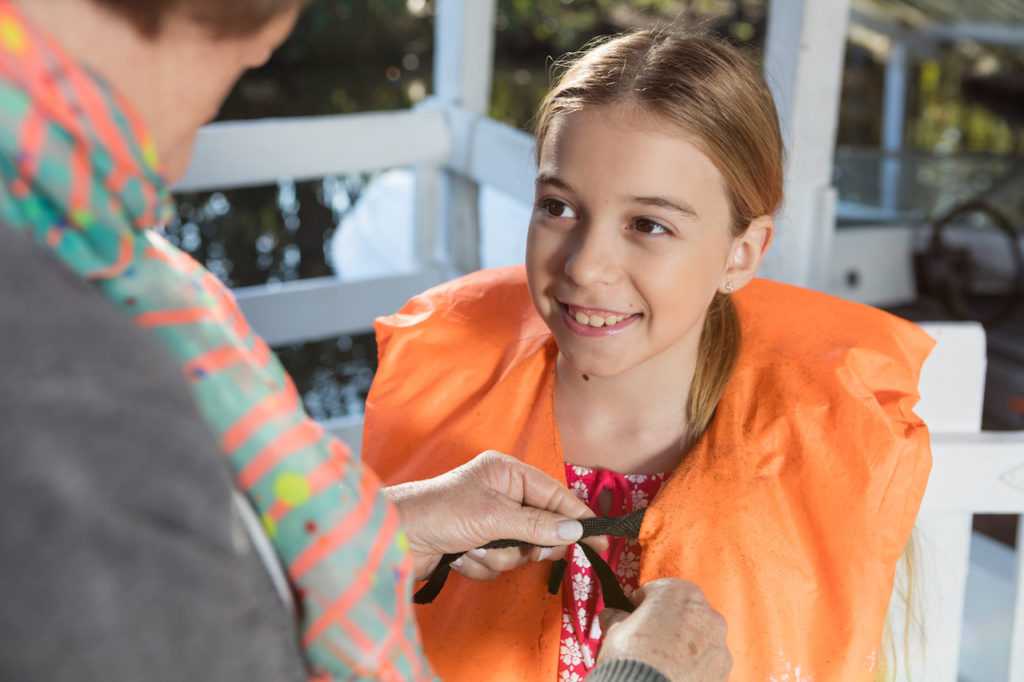


Drowning is a leading cause of death in children with autism, which makes keeping kids and teens with autism water safe a top priority. A child or teen with autism is 40 times more likely than a typical child to die from injury related to an accident.
A child with autism is 160 times more likely, compared to the general pediatric population, to die from drowning. There are several reasons for such high (and depressing) rates, as well as several tips for keeping kids and teens with autism as safe as possible around water.
“Outside of the water there’s too much stimulation for our eyes and ears.”
Naoki Higashida

Naoki Higashida, the author of The Reason I Jump, sheds light on why people with autism like water. “In the water, it’s so quiet and I’m so free and happy there. In the water, we can really be at one with the pulse of time. Outside of the water, there’s too much stimulation for our eyes and ears.”
Another reason children with autism get into trouble in water is because they aren’t taught how to swim, nor how to get themselves out of water. Although traditional swimming lessons might not work well for kids with ASD, there are lessons out there for individuals with special needs.
Such lessons may be more challenging to find, but enrolling your child with autism in swim lessons geared for his/her unique needs is crucial. And the earlier the better.
Additionally, children with autism tend to drown more often than typical children because they are more likely to wander or bolt. Elopement is a common problem among the autism population. As Naoki writes, “My body’s always moving about. I just can’t stay still. If I’m not moving, this makes me so jumpy and scared that I can’t stay where I am. I’m always on the lookout for an exit.”

Frequently children and teens with autism who may be “on the lookout for an exit” are also on the lookout for water when they bolt. Before a parent or caregiver may realize it, a child or teen with autism can take off and end up in serious trouble.
Often seeking a source of water to jump or play in, the child is unaware of the danger. Sometimes, a lost child is found and rescued before tragedy strikes, but all too often, the child succumbs to the struggle in the water. It is a loss that devastates families and communities.
Fortunately, in this day and age, there are several options for keeping children with autism as safe as possible around water. First, since there is a tendency to want water, make water play a part of a daily routine. Of course, this must be supervised as a child with autism should never be left alone around water.
Having certain activities on the schedule each day, which include water play, can help meet the sensory need. Small water play tables (Fisher Price, Little Tikes) are great. Plastic buckets or baskets can work. Even using your kitchen sink to float some boats can fill a need. Perhaps scheduled water playtime can lessen the chance of wandering off to find water.
The importance of targeted swim lessons cannot be overemphasized. Find someone who teaches classes for special needs children. Ask a special education teacher if s/he knows of classes in your community. Call the YMCA. Google it. Just find one and enroll your child as early as possible. What are you looking for in such a class? Here is a brief list:
It also may be wise to incorporate what to do if one falls into the water fully dressed. Swimming is easier in swimwear; clothing and shoes will weigh a person down and make it that much harder to float, tread, swim, and exit. It may be unconventional to have a swim instructor teach someone about water safety fully dressed in the pool, but it could save a life.
If bolting away is an issue, then the first step in preventing drowning is to address the bolting habit. If incidents of bolting can be reduced, then you are working on keeping kids water safe too. Proper door and window locks that a child/teen cannot manipulate would be the first line of defense. Installing door and window alarms in your home can alert you to a bolt in progress.
There are GPS trackers, shoe IDs (as well as ID tags for belts, bracelets, etc.), and temporary tattoos, all of which can help track or identify the child who wanders. (Note: washable tattoos will not stay on in water). Two well-known safety tools for kids with autism who wander are AngelSense and The Big Red Safety Tool Kit. When death from drowning is a real possibility for a child or teen with autism, having a number of tools at your fingertips is essential.
Furthermore, when bolting is a concern because it can and does lead to injury and other tragedies, some parents find help in the SMART911 program as well as Project Lifesaver. Both assist law enforcement and families by providing action plans that can be used immediately in the event of wandering.

Here’s another tip: if your child or teen attends school and there is a pool on campus, make sure to include a statement in the IEP so everyone on the team is aware that your child gravitates toward the water and should not be unsupervised in or around the pool. The Big Red Safety Tool Kit has sample documents for this particular issue.

The need for water safety in the autism population is indispensable. 91% of the deaths of children with autism (2009-2011) were attributed to accidental drowning. Drowning is preventable. It’s important to realize that drownings don’t occur only in summer. They happen all year long, in warm climates and cold ones.
They happen in the home, around the community, and on vacations. Drowning can be a direct consequence of wandering. Parents and caregivers need to do all they can to prevent a child with autism from bolting and from seeking out water, especially when kids are not aware of the dangers that water presents.
More resources can be found in our Special Needs category HERE
Additional blogs by this author can be found HERE
Just enter your email address below and you’ll get an email every time we publish a new post!
Categories :
Tags :
Keri is a special needs parent and a veteran high school English and journalism teacher turned writer. She enjoys reading, hiking, gardening, cooking, traveling, wine tasting, and practicing yoga. Both she and her son love to create art. She has a passion for educating people on all things autism. Visit her blog at https://kerimehome.com.
View All Posts